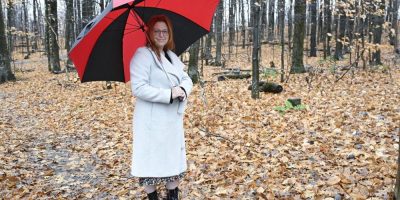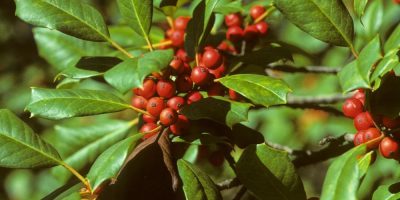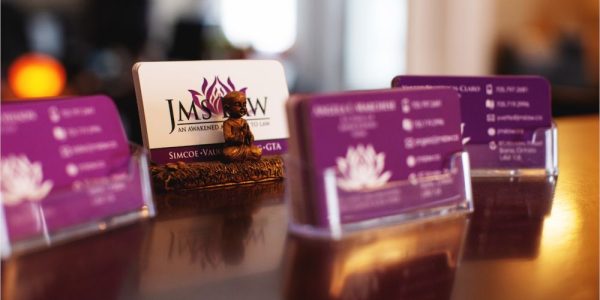
If you're like most, you have no idea what most of the plants and animals are that you see in your backyard. From welcome and harmless to mildly annoying and something you probably want to get rid of, we have your guide to a few of the less familiar fauna and flora in our region that might have you saying "what's that in my backyard?"
Black-Capped Chickadee
One of the friendliest birds around, Black-Capped Chickadees are sometimes bold enough to eat right out of your hand! They are also one of the most important pest exterminators of the forest so they should be a welcome sight in your backyard. Though you may not have seen one, you have definitely heard their distinctive song, giving rise to its nickname: "The Cheeseburger Bird".
Grubs
Let's flip to the other side of the coin and talk about a visitor you definitely don't want in your backyard. Before they turn into beetles, grubs are small creatures that look like white worms and they can quickly destroy the lawn you've been working so hard to take care of, eating the roots of your grass causing patches of thinning turf. The good news is there's plenty of pest controllers specifically made for grubs!

Eastern Cottontail
While it's not an uncommon sight around our region to see these little guys running across your lawn, you most likely just say "Oh look, a bunny"! The real name for these cute critters is the Eastern Cottontails and they mostly snack on vegetation like leaves, fruits, buds, flowers, and seeds. They are also pretty darn quick with a top speed of nearly 30 kilometers per hour!
Chinch Bug
These little buggers feed on the sap of grass plants and can quickly ruin your lawn, causing those yellow patches you hate to see. Although they are bright red in colour when they're young, when adults they become black with white crossing stripes and are rather small so they can be hard to spot. However, they emit an offensive odour when stepped on so if your grass is stinky when you walk on it, they might be the culprit! You can find out more info on Chinch Bugs and how to eliminate them, here.
Canada Thistle
Oddly enough, this plant is not actually native to Canada and is instead a descendent from Asia and Europe. While it is technically classified as a weed (and is definitely a pest if you're trying to grow a garden), it plays an important role in the ecosystem with its seeds and leaves feeding a wide variety of birds, butterflies, and moths.

Hogweed
Also known as Cow Parsnip, Hogweed can be a very dangerous plant with the sap causing extreme burning and irritation if exposed to the sun. If you spot some it's often best to just keep your distance, but if it's growing in your yard you may want to remove it. Be sure to wear thick gloves, dig up the roots with a shovel, and smother new grown with black plastic. If you ever touch one of these plants, immediately wash the area with soap and cold water and keep the exposed area away from sunlight for at least 48 hours.
Black-Eyed Susan
Named for the dark brown centres of its daisy-like head, Black-Eyed Susans are one of the most common wildflowers grown. They can grow to over 3 feet tall and attract bees, butterflies, and all sorts of insects with their nectar. They can be a bit territorial and tend to squash out other plants but on their own, they are quite beautiful!
Wild Carrot
During the early spring and summer, you don't have to look very far to find this weed growing just about anywhere. Also known as Bird's Lace or Bishop's Lace, Wild Carrot is a harmless plant that has actually been used as a companion to other plants due to its ability to attract wasps but many still classify it as a pest weed.
Featured image courtesy of Flickr via pexels.com












